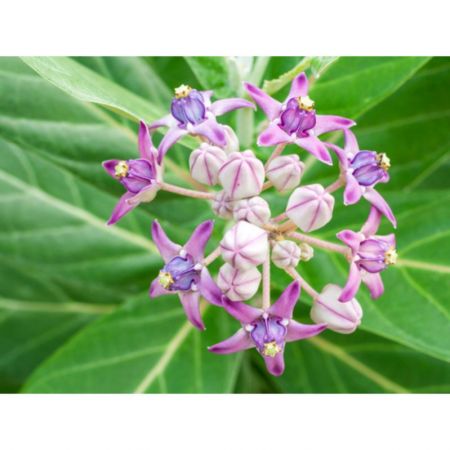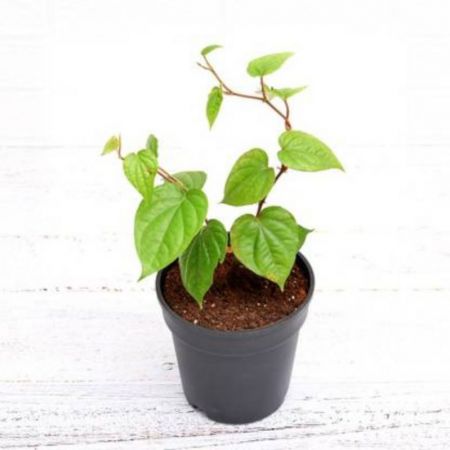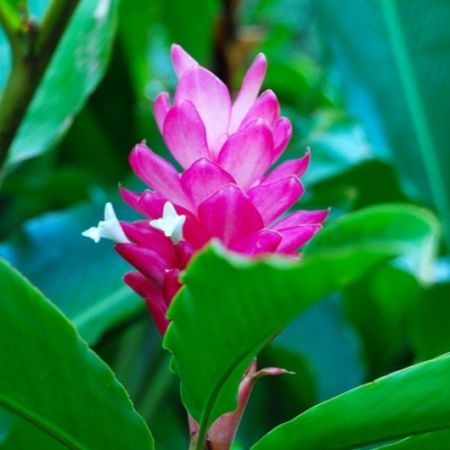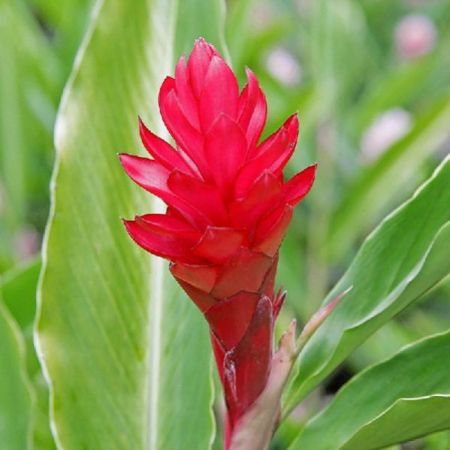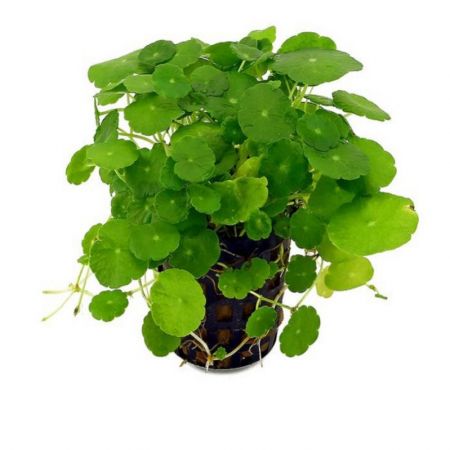Arugambul Plant with nursey cover
Arugambul is most famous for its immune-boosting properties. It is considered a natural immune stimulant that helps the body fight off infections, making it especially beneficial during cold and flu seasons.
₹ 29.00
₹59
(Inclusive of all taxes)
-

No Warranty
-

COD Not Avilable
-

Non Returnable
-

Non cancelable
About this item
Botanical Name: Andrographis paniculata
Common Names:
- Arugambul (Tamil)
- Kalmegh (Hindi)
- King of Bitters
- Green Chiretta
- Nilavembu (in Tamil and Sanskrit)
- Chiretta (in English)
Plant Description:
- Arugambul is an annual herb that typically grows to a height of 30-110 cm (1-3 feet).
- It has long, lance-shaped leaves that are dark green and sometimes hairy on the underside.
- The plant produces small, pale purple to white flowers that grow in spike-like clusters.
- The plant's most notable feature is its bitter taste, particularly in the leaves and stems, which is why it has earned the name "King of Bitters."
Flowers and Fruits:
- The plant blooms with small, tubular flowers that are typically white or pale purple.
- After flowering, it produces small, cylindrical fruits that contain seeds.
0 Review Of Product Arugambul Plant with nursey cover





